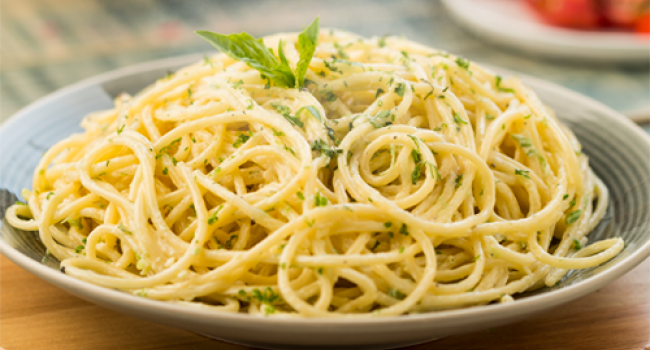Codebase orientation¶
Developer Guide¶
Spyder can be extended via:
Application plugins (top level): Application plugins extend the functionality of Spyder itself. An example of this would be a new Plugin that created a new Pane to provide some functionality.
Plugins API extension (plugin level): A plugin provides an API to extend its functionality. An example of this would be a completion provide, that would extend the available completion providers. Another example would be a new Prpoject Type, that would allow users to create specific types of projects with custom creation, starting, and closing logic. There are two types of plugin in spyder:
Spyder is internally constructed using plugins and this is also the way a new plugin/extension cna be created. The Spyder Plugins can be of two types:
Spyder Dockable Plugins (
SpyderDockablePlugin), which create a new Pane (Based on aQDockWidget) and (optionally) any other elements such as toolbars, menus, status bar widgets, curstom dialogs and a custom preferences page.Spyder Plugins (
SpyderPluginV2), which do not create a new Pane but provide other elements such as toolbars, menus, status bar widgets, curstom dialogs and a custom preferences page.
Plugins can provide the following widgets:
Pane (
PluginMainWidget): A plugin can create a new Pane.Containers (
PluginMainContainers): Plugins that do not create new panes but provide other graphical elements can use a container to parent widgets and connect them to the plugin.Actions (
SpyderAction): A plugin can create many new actions, which can be added to menus, toolbars, and can also be exposed so they can be used to create shortcuts that trigger these actions.Preferences Page (
PluginConfigPage): A page for plugin preferences. A plugin can only have 1 page.Application menus (
SpyderApplicationMenu): A plugin can extend or create new application menusApplication toolbars (
SpyderApplicationToolBar): A plugin can extend or create new application toolbarsStatusBar widgets (
SpyderStatusWidget): A plugin can extend or create new application status bar widgets.
Plugins are distributed as python packages, so you can write plugins and publish them in PyPI or Conda forge.
Tutorials¶
We provide a set of guides to get started writing third-party plugins for Spyder:
Tutorial 1
Tutorial 2
Tutorial 3
API Documentation¶
If you are looking for lower level details on the spyder and Qt API:
Spyder API Documentation
Qt API Documentation
Plugins¶
A plugin adds a core functionality to the application.
A plugin can require other plugins for operation.
A plugin is activated when it is needed by other plugins, or when explicitly activated.
Plugins require and provide Token objects, which are used to provide a typed value to the plugin’s activate() method.
The module providing plugin(s) must meet the JupyterLab.IPluginModule interface, by exporting a plugin object or array of plugin objects as the default export.
The default plugins in the Spyder application include:
Core: Creates application menus and status bar widgets.
Appearance: Sets the theme of the interface and editors.
Completions: Provides code completion to editor widgets using the Language server protocol.
Shortcuts: Provides the handling of shortcuts.
Editor: Provides a splitable multilingual Editor with introspection capabilities.
Outline Explorer:
Projects:
IPython Console:
Variable Explorer:
Help:
Plots:
History:
Find:
Profiler:
Code analysis:
Here is a dependency graph for the Spyder (internal) plugins:
